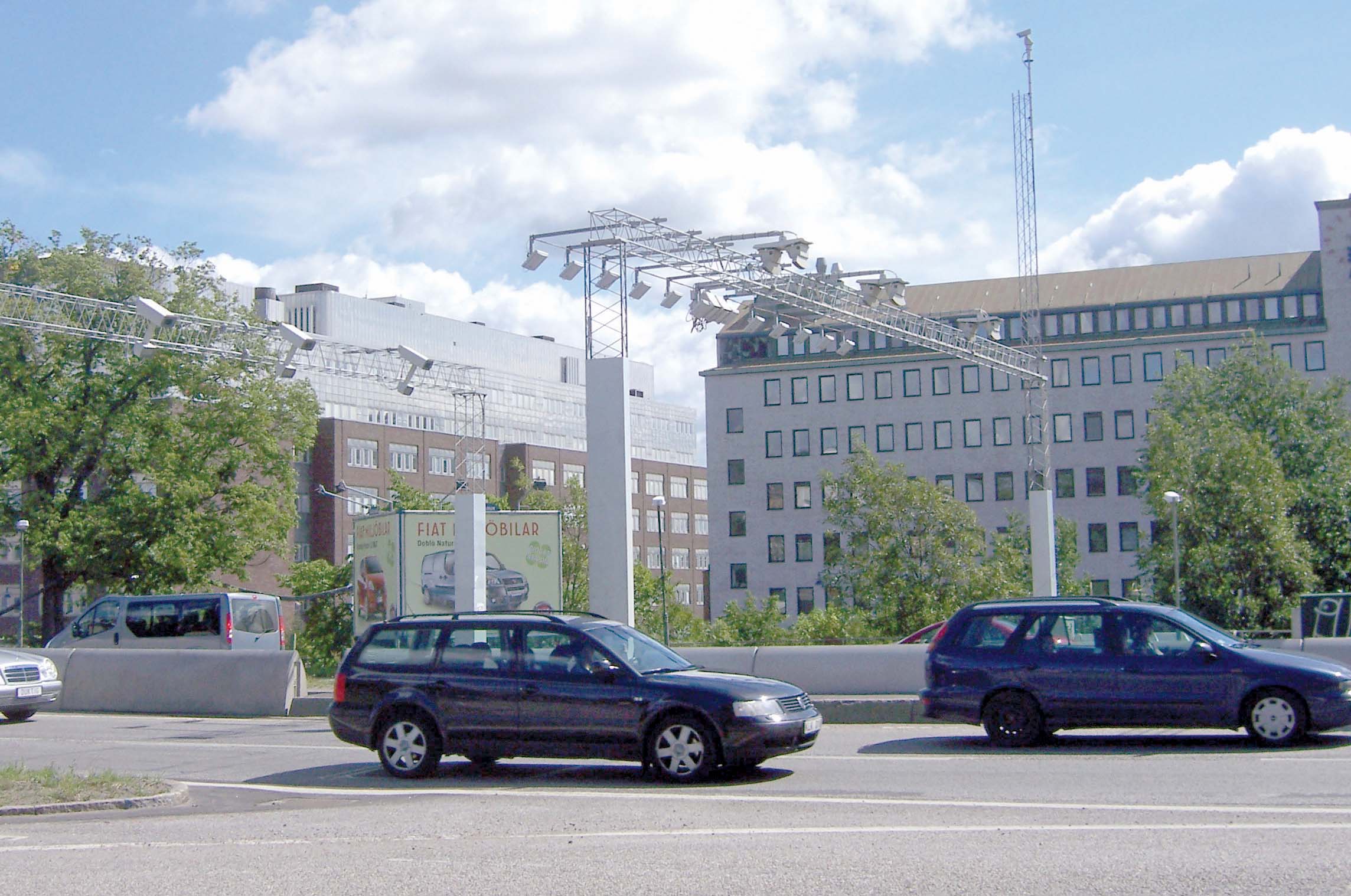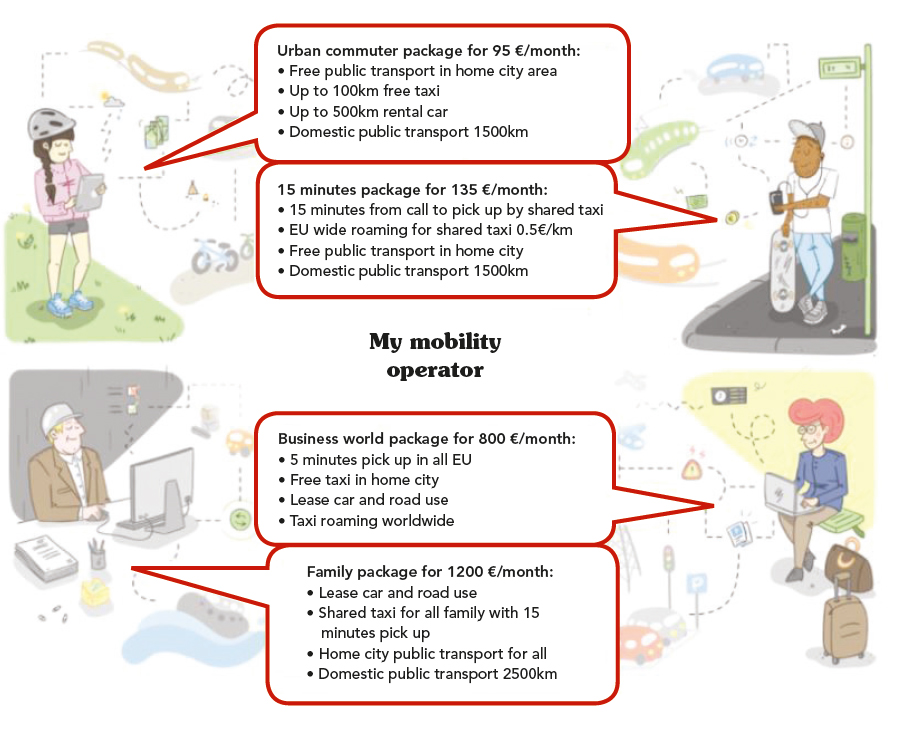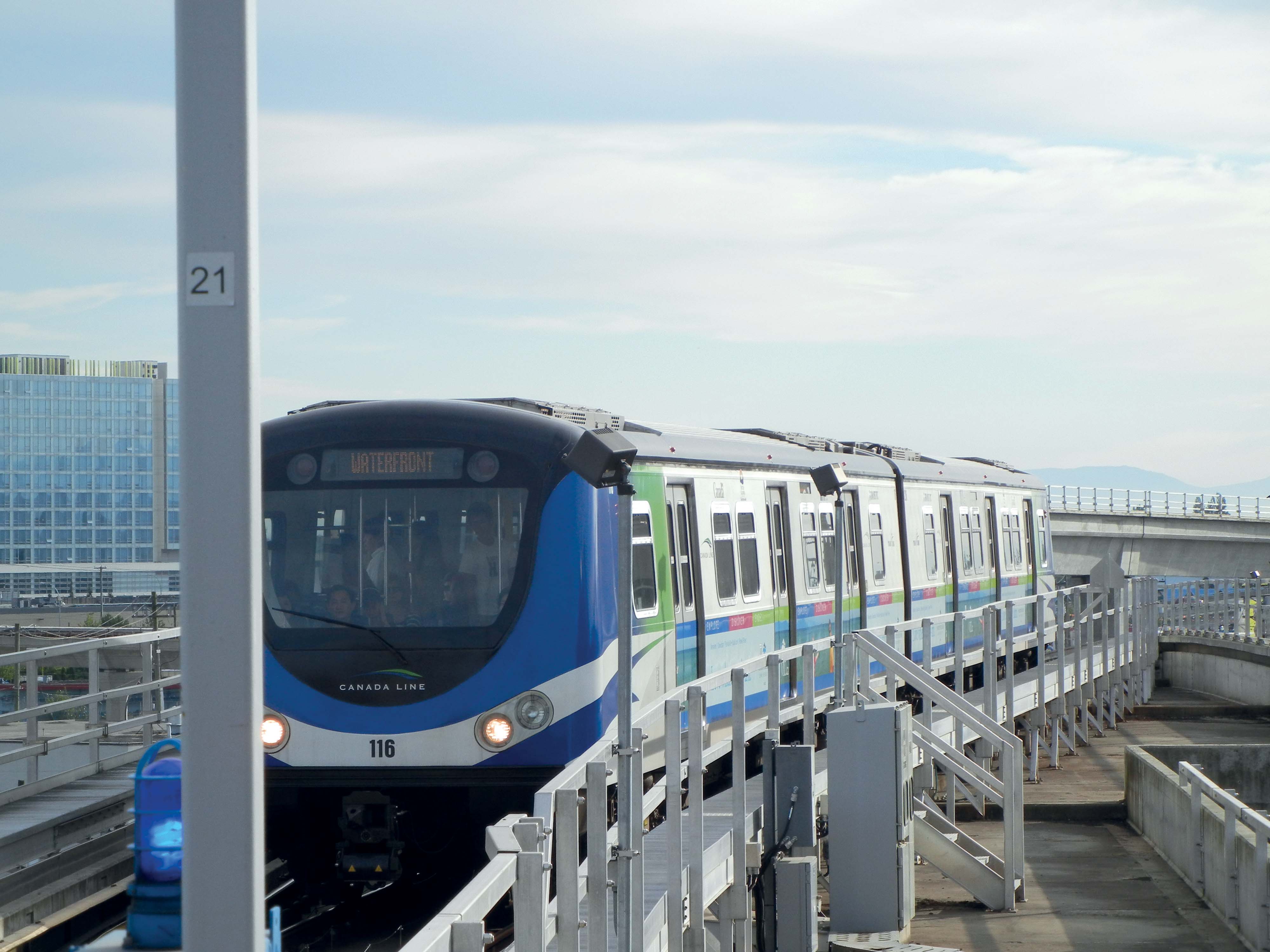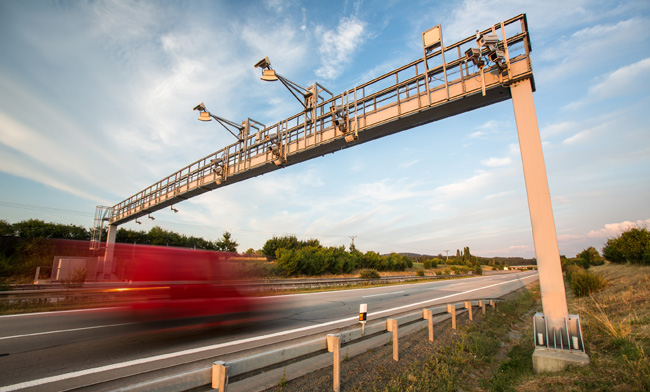
David Crawford takes a look at the debate surrounding bus subsidies.
Subsidies for public transport are a well-known and frequently-used policy tool directed at reducing the high environmental and social costs of peak-period traffic congestion. But at the end of last year the Swedish
The paper questioned the justification for the Swedish capital’s bus fares continuing to be subsidised at their present level when road charging has been operational since 2006. It concluded that the current cost of €25,859 (US$34,650) per day, or 37.5% of operating costs, could be reduced to €14,666 (US$19,650) per day (20% of operating costs).
But, the Centre warns, achieving this would involve a major change in the city’s current public transport operational policy – by introducing differential peak and off-peak fares. It sets out to explore the implications.
When Stockholm introduced congestion charging - the second major city in Europe to do so - it was with the proviso that the effects on both car use and public transport demand would be closely monitored. This has resulted in the availability of extensive volumes of relevant data, of a kind that the Centre sees as both ‘scarce and crucial, given that the argument for bus subsidies can only be addressed for cities where such data is available’.
It has chosen, as the basis for modelling its research, a commuter corridor that runs into the inner-city district of Södermalm, across the congestion charging boundary, from two residential suburbs, Nacka and Värmdö. Their current combined population is 135,000 and both are growing – and so generating an increasing demand for commuter transport.
The corridor has three lanes running in either direction; one of them dedicated to express buses that carry some 10,000 round trips a day over an average travel distance of 14km. These figures are based on surveys carried out both before and after the introduction of congestion pricing.
The road network in the corridor is heavily congested (to the extent that it has already made its case for an extension of the city’s metro network). Commuters have the choice of car or bus (the only currently available form of public transport) – or bicycle, using a dedicated separate path.
The Centre argues that optimising bus fares - in both the peak and off-peak periods - would give a greater social benefit than optimising car tolls, since there are more bus than car users in the city. Crowding and resulting levels of physical discomfort on buses constitute one major reason for the optimal bus fare being higher during the peak, to encourage commuters to travel at other times. On the other hand, there is ample space on off-peak services, and fares on these could therefore be reduced.
Previous studies have concluded that the subsidisation of transit is primarily justified by the expected reduction in road traffic and ensuing congestion, the costs of which naturally fall when lower fares encourage peak-hour drivers to switch to using buses. And by so doing, these commuters are also contributing to the ‘economies of density’ of urban transport.
Again, improvements in bus frequencies to meet the rising demand bring savings in waiting times (and the associated costs) for existing passengers, while reinforcing the attractiveness of public transport for ex-car users.
But there is, of course, a trade-off. While increasing peak-hour frequency cuts passengers’ waiting times and reduces levels of on-bus crowding, it also means bringing in additional vehicles with a resulting rise in costs for operators. This makes the cost benefit calculation of schemes which encourage modal shift a complex matter.
One answer would be the introduction of larger buses, which the Centre sees as being potentially beneficial for the Nacka/Värmdö corridor. Fewer vehicles would also help to even out flows along the bus lanes.
The Centre has used the exercise to generate a range of possible longer-term scenarios for cities that have adopted congestion charging. The one with the best overall social benefits would involve running larger buses, differentiating between peak and off-peak bus fares, and – where feasible - allocating less road space to bus lanes.
The one with the best approach to pricing would combine higher peak and off-peak vehicle tolls with higher peak bus fares and free off-peak bus services. The Centre stresses that bus pricing policy should take into account factors other than, for example, simply the assumed benefit of persuading drivers to switch public transit by offering them lower fares.
One important consideration in terms of social equity is that, since buses tend to be more intensively used by members of lower income groups, reduced fares can be justified as a means of income redistribution.
In the course of the project, the Centre has also identified what it believes is an important caveat on the way in which urban road congestion is typically modelled. A static congestion model, based on a standard volume delay function, responds to an increase in traffic volumes by predicting longer travel times in the road segment that is under study.
However, if the reason for the congestion in the corridor is a city-centre bottleneck, then congestion can only be modelled in a dynamic way, by capturing the fact that the travel times increase due to queues building upstream of the bottleneck. If this is the case, the travel time for cars will not be reduced even if more space is allocated to them, since the capacity of the bottleneck has not changed.
The key message, the Centre concludes, points to lower rather than higher subsidies for buses. It believes that its findings are relevant for large numbers of other cities, - ‘at least in Europe’.
- About the author: David Crawford has spent 20 years writing about and researching ITS and is a Contributing Editor to ITS International.
New website on the way
The International Benefits Evaluation Society for ITS (
Upgraded to serve as a more effective central point of reference for critical ITS information and resources it will, Ertico partner services senior officer Svetlana Popova told ITS International, “greatly increase the strength of IBEC’s presence within the global ITS community”. Co-chair Andrew Somers, a director of Mobility as a Service (MaaS) Australia, added: “This will help us adapt to the major changes taking place in the industry, notably in the areas of MaaS and of automated and connected vehicles.”
He sees the website playing key roles in expanding the resources available to ITS practitioners for project evaluation, and in supporting parallel initiatives with similar aims. These include the ITS Observatory, recently set up with EU funding as a one-stop ITS directory and knowledge marketplace.
IBEC president Eric Sampson highlighted what he sees as one major industry knowledge gap that the new website can help to fill. “To my mind, there is one big challenge: persuading people to carry out clinical before-and-after assessments, and then share the resulting information without shame or embarrassment, or the fear of snide criticism. Astronomy and theoretical physics have long been comfortable with papers publishing what looked like negative results.
“For example, ‘we looked for the Higgs Boson and didn’t see it, so we deduce that its mass has to be greater than xxx GeV’. Or, ‘we tried to test whether Planet yyy has an atmosphere, but our instruments were only able to detect the presence of zzz, so no firm conclusion was possible’.
“The transport community needs papers that explain, for example, that ‘we deployed an xxx system hoping to get a benefit:cost ratio of 2.5; in the event, costs rose so we achieved [only] 2.2’ - and then go on to document the assessment methodology. The key benefit that IBEC can offer is contact with other people who have similar problems and experience to yours, and who can direct you to a helpful third party.”












